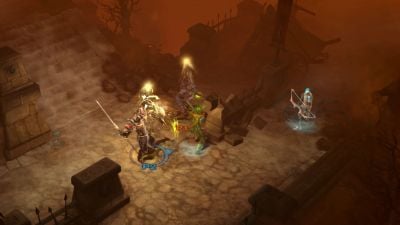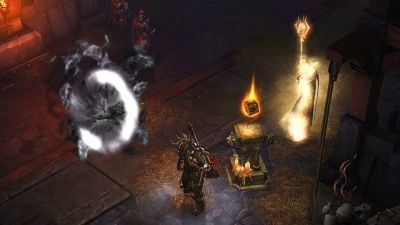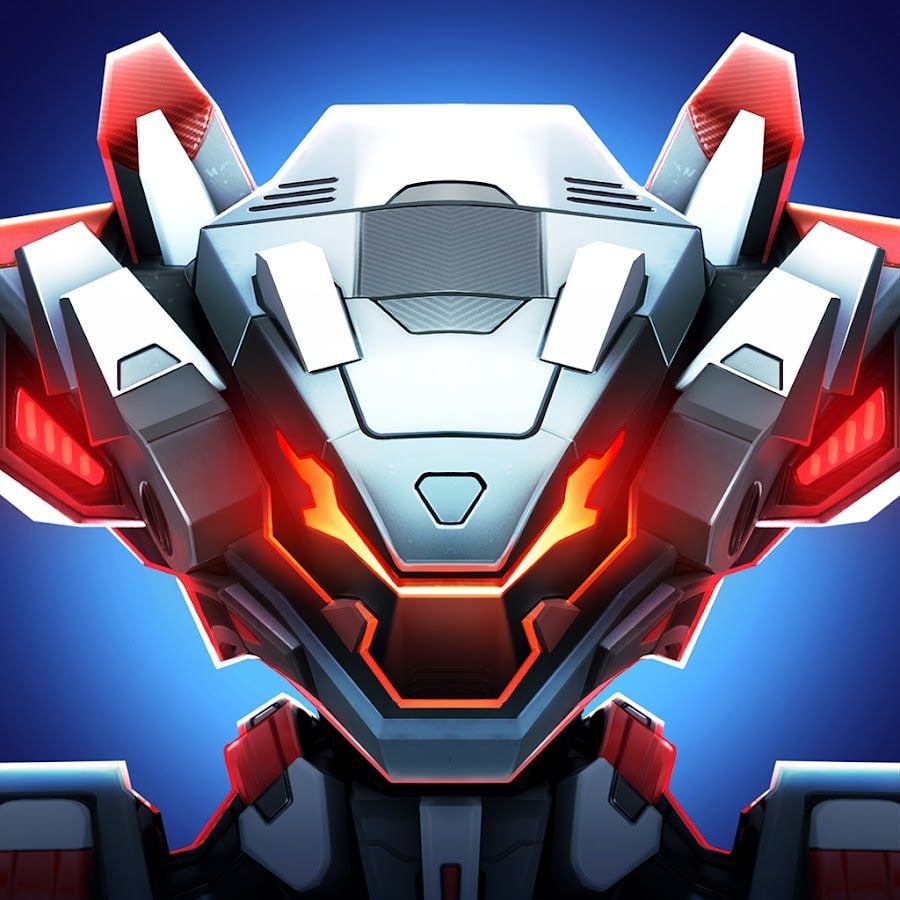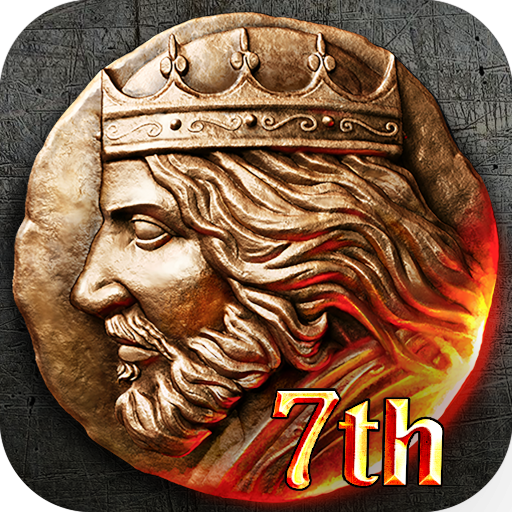Advertisement
Description
Diablo III is maybe the most unpretentious video game ever created. Its story campaign, in which you take on a journey to seal away the lords of hell, is merely a beginning to a list of activities that the game expects you to repeat indefinitely, with even less context: killing hordes of monsters, collecting loot, and figuring out which pair of equipment will help you blow up corpses faster.
Diablo III is the third entry in the Diablo franchise, and it is a hack-and-slash action role-playing game created and published by Blizzard Entertainment.
You can play as one of seven character classes – Barbarian, Crusader, Demon Hunter, Monk, Necromancer, Witch Doctor, or Wizard – and you must fight the Lord of Terror, Diablo, like in previous Diablo games.
The Havok physics engine is used in Diablo III, allowing you to use the surroundings to aid you in your mission. There are many more parts of what appears to be a seamless background environment that may be destroyed. When you go too close to or pass beneath part of a structure, some decaying parts will automatically collapse, some will damage you while others won't.
The quality and attributes of items are randomized, much like in Diablo and Diablo II. Higher-quality items feature extra attributes, such as increased damage, attribute boosts, critical hit chance boosts, or slots, which allow items to be modified and customized by inserting gems for various stat benefits.
Magic-quality things can have up to three random qualities, rare-quality items up to six, and legendary-quality items up to eight, all with various degrees of randomization. Set items are a sort of legendary item that gives you more bonuses if you equip multiple things from the same set at the same time. Monsters with a higher level drop higher level items, which have better base stats and bonuses.
Gold may now be picked up simply by touching it or getting within range of it, rather than needing to pick it up manually. One of the new features aimed at speeding up gameplay is the ability for foes to drop healing orbs, which eliminates the requirement for a potion bar.
Another new feature is skill runes, which are skill modifications that you unlock as you level up. Skill runes, unlike socketable runes in Diablo II, are not items; instead, they give choices for upgrading skills, frequently completely changing the gameplay of each.
The stat allocation system has been altered to the Paragon system, which allows you to assign additional stats after reaching the maximum level, while basic stats are allocated automatically before that.
After reaching the maximum level, paragon levels continue to increase continuously and are shared across all characters of the same kind on the account.
Multiplayer games are possible via Blizzard's Battle.net service, much as they were in Diablo II. You may also get in and out of cooperative gaming sessions with other players. Diablo III, unlike its predecessor, needs you to be connected to the internet at all times, even while playing single-player games.
To ensure that the game gives various experiences when replayed, an upgraded quest system, a random level generator, and a random encounter generator are used.
Ads
Advertisement
- Verified antivirus
- All link sources on this site are jumped to App Store, Google Play and other official platforms. No virus, no malware.

View on mobile
How to play
Diablo III is maybe the most unpretentious video game ever created. Its story campaign, in which you take on a journey to seal away the lords of hell, is merely a beginning to a list of activities that the game expects you to repeat indefinitely, with even less context: killing hordes of monsters, collecting loot, and figuring out which pair of equipment will help you blow up corpses faster.
Diablo III is the third entry in the Diablo franchise, and it is a hack-and-slash action role-playing game created and published by Blizzard Entertainment.
You can play as one of seven character classes – Barbarian, Crusader, Demon Hunter, Monk, Necromancer, Witch Doctor, or Wizard – and you must fight the Lord of Terror, Diablo, like in previous Diablo games.
The Havok physics engine is used in Diablo III, allowing you to use the surroundings to aid you in your mission. There are many more parts of what appears to be a seamless background environment that may be destroyed. When you go too close to or pass beneath part of a structure, some decaying parts will automatically collapse, some will damage you while others won't.
The quality and attributes of items are randomized, much like in Diablo and Diablo II. Higher-quality items feature extra attributes, such as increased damage, attribute boosts, critical hit chance boosts, or slots, which allow items to be modified and customized by inserting gems for various stat benefits.
Magic-quality things can have up to three random qualities, rare-quality items up to six, and legendary-quality items up to eight, all with various degrees of randomization. Set items are a sort of legendary item that gives you more bonuses if you equip multiple things from the same set at the same time. Monsters with a higher level drop higher level items, which have better base stats and bonuses.
Gold may now be picked up simply by touching it or getting within range of it, rather than needing to pick it up manually. One of the new features aimed at speeding up gameplay is the ability for foes to drop healing orbs, which eliminates the requirement for a potion bar.
Another new feature is skill runes, which are skill modifications that you unlock as you level up. Skill runes, unlike socketable runes in Diablo II, are not items; instead, they give choices for upgrading skills, frequently completely changing the gameplay of each.
The stat allocation system has been altered to the Paragon system, which allows you to assign additional stats after reaching the maximum level, while basic stats are allocated automatically before that.
After reaching the maximum level, paragon levels continue to increase continuously and are shared across all characters of the same kind on the account.
Multiplayer games are possible via Blizzard's Battle.net service, much as they were in Diablo II. You may also get in and out of cooperative gaming sessions with other players. Diablo III, unlike its predecessor, needs you to be connected to the internet at all times, even while playing single-player games.
To ensure that the game gives various experiences when replayed, an upgraded quest system, a random level generator, and a random encounter generator are used.
Test banner giữa
Advertisement
Reviews
Tags for this game
Featured Games
Advertisement





































